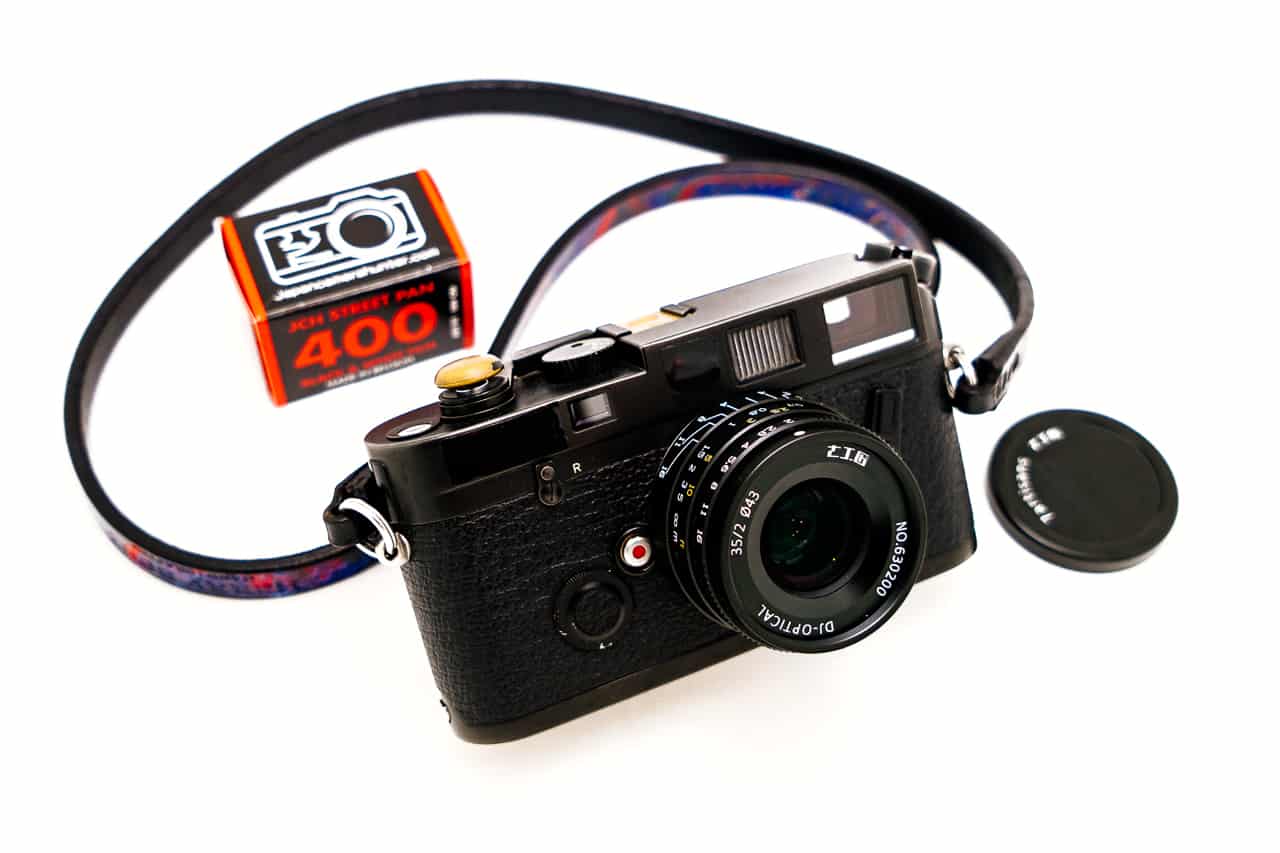

Point it at something you want at 18% grey and you will get a perfect exposure. Since they are accurate center-weighted meters, they are repeatable and predictable. I have found the meters in the M6 and M7 to be identical in performance. Very convenient if you use long exposures. You also get the shutter speeds in the VF in AE mode, and it will count down the time in seconds in the VF for long exposures in AE, and count up for long exposures in Bulb. The M7 is electronically timed (which makes it more accurate and consistent) and can use AE, and still works without batteries at 1/60th and 1/125th. The M6 is mechanically timed and can work at all speeds without batteries. It's really a trade-off that you have to figure out for yourself. It is electronically timed, but it is still a cloth mechanical shutter system very similar to the one in the M6. It's true that the M7's shutter is electronic in some ways, but not others. I would disagree with Josh that the M6 and M7 are totally different. I have several different vintages of the M cameras (M3 to M6, MP and M7), and I believe the M7 is the best.

Wow, where's the love? The M7 is fantastic. Robert is no doubt right in regard to some early M6 models (Production being resumed again in Germany may be partly responsible for that), but the two (one from the very early 80s, the other built in 1989) I had gave me minimal difficulty in shooting under virtually all conditions. The Summicron lens and the 50mm f2 Zeiss equivalent are possibly the best 50mm lenses out there. Printing larger than 12 x 18 inches on a 35mm film camera brings one really into the realm of softness in any case, unless one is using a super fine grain B&W film (Alas, Kodak Technical Pan no longer exists, and the European quasi-equivalent by another manufacturer is hard to get and quite contrasty), or possibly Velvia 50 in colour. Leica mechanical cameras like the M6 and its ancestors last a long time if not abused. Expect to pay a bit more for a mint or clean M7 than the same condition M6.
#Used leica m7 cost upgrade#
The top price film MP replaced the M6 and is a small (but to some, significant) upgrade from it. I don't think there is very much difference in the age of most used M6 and M7 cameras, except that you can still get a new M7 I believe. The M3 with its greater VF magnification (circa 90%, versus 0.72 - although one M6 is available with an 0.85X VF) is fine for faster lenses than the f2 Summicron (including the f0.95 50mm Noctilux and f1.4 lenses), owing to its larger RF baseline. The space around the 50mm frame in the M7, M6, M4's, M2, MP and digital M's is a great advantage in much RF practice, as this is one thing that sets apart the M Leica from SLR's - the ability to compose elements of subject matter about to enter the frame and the nice ability to consider a composition inside and outside the frame.

#Used leica m7 cost manual#
The M6 is a manual exposure camera with a fairly good meter (again, I sold mine sometime ago to finance some MF purchases, but can vouch for its quality) and a proven cloth shutter design that dates back to 1920's in terms of original conception. I've never used the M7, but had a Konica Hexar RF (excellent) M lens mount camera which is similar in performance and also with the occasional advantages of auto exposure. A bit more contrast would be nice, but you can't complain for a $300 lens. *I use a 1950s Summaron 35/3.5 with an screw-to-M adapter and it's quite satisfactory - a bit soft at the edges of a 40" x 30" print (yes, I do mean inches) but that's about twice the accepted size limit of 35mm enlargement anyway.
#Used leica m7 cost Patch#
It's a sort of spot meter (it reads off a silver patch on the shutter curtain). M6 is fully mechanical, with a meter added on. The M7 is a completely different animal to the M6 and the two aren't really comparable. Having said that, there is a VAST difference in price between the 50mm and the 35mm ASPH (the clue's in those four initials) although you could have an older 35mm*, or even a Zeiss Biogon for a lot less. 50mm is also slightly limited indoors or for large groups of people. Any Summicron is good the main problem with a 50mm is that the viewfinder isn't optimised for one (the only one that is, is on the M3) so you have a 50mm frame with a load of wasted space round it.


 0 kommentar(er)
0 kommentar(er)
